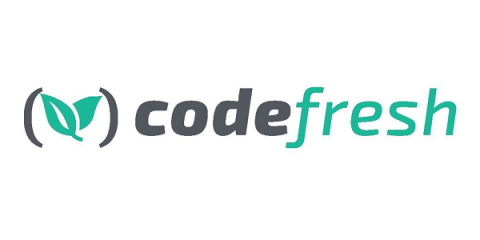Migrating from the Codefresh registry to Google Container Registry
On July 15th the Codefresh registry that is part of all Codefresh accounts will be removed from service. The removal is part of a big round of improvements to our native integration with Docker registries. We have invested significant efforts in using Codefresh as a unified platform for Docker images and the way they are used inside CI/CD pipelines. More details on the migration actions for the Codefresh registry can be found in our timeline announcement.










